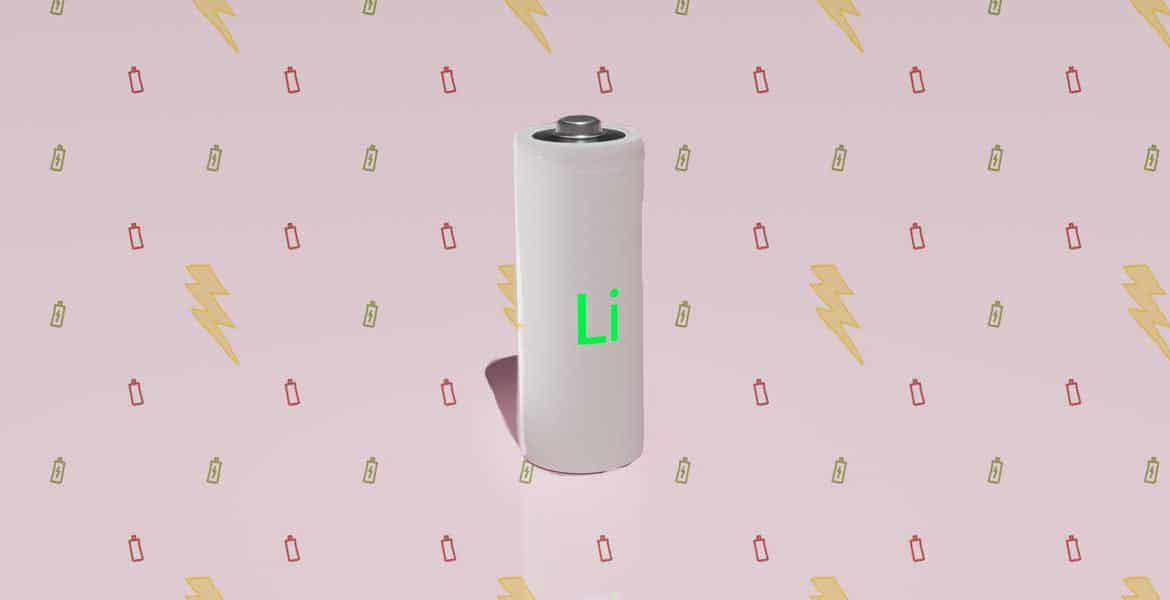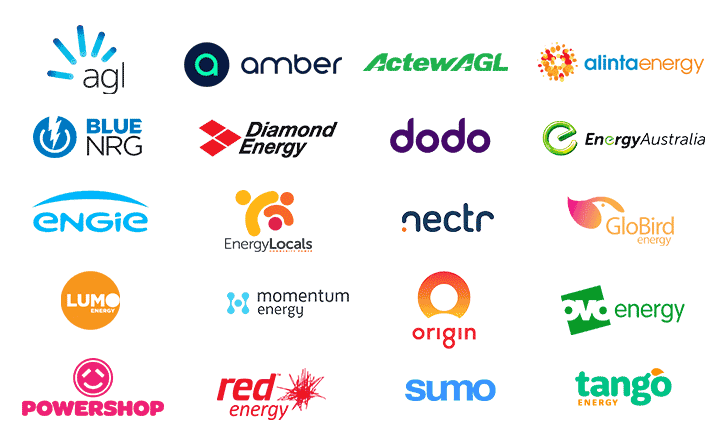Are you motivated to maximise the return on your home battery investment? Here’s the essential checklist of things to consider if you want to boost the payback on your storage. This includes what to factor in before you buy along with what current owners can do.
Before you buy
If you are yet to buy a battery, here are essential considerations that will impact the potential return/payback period. You can also find more information to help battery shoppers in WATTever’s Battery Buyers Guide.
- Cost per KWh is key. Finding a system at the right price is key to getting a good ROI on your battery. When comparing batteries, the aim should be to buy storage that offers a lower cost per kWh. Most batteries in 2022 currently cost around $1000 per kWh for installed capacity. The lower this number, generally the faster the payback period will be.
- Check how compatible a battery is with retailers. Some battery/inverters, like the Tesla Powerwall 2, are widely supported by many retailer VPPs. Other batteries may only be supported by one or two retailer VPPs, limiting your options now and in the future to the extra income that VPPs offer. Solar is simple because a PV setup will work with any retailer (subject to specific size caps). But its different when you add a battery and want to access battery plans. So, if you’d like higher returns through a VPP or market-linked plan, it pays to check that your battery is eligible. You can check VPP plans here, including some compatibility batteries and other conditions.
- Right size your battery. Your battery must be sized to at least cover your typical evening peak consumption (around 3pm-9pm depending on your network). This way, your household can access the beenfits of time of use plans whilst avoiding having to buy expensive peak electricity. Any excess battery capacity can earn higher ‘feed-in tariffs’ by exporting when prices are higher (on market-linked, VPP and time-varying FIT plans).
- Consider batteries with higher discharge rates. Peak wholesale prices usually lasts between 15-90 minutes. To earn higher VPP credits or feed-in tariffs, you’ll need a battery that can discharge quickly – at least 5kW. This way, if you’re on a market-linked plan or VPP that rewards you based on the amount your export during peak wholesale prices, you’ll get paid more. A battery that will last 1 hour at the maximum discharge rate is great to maximise imports from your available storage capacity, 3 hours is still useful, but beyond that, high wholesale rates generally don’t last that long. The discharge rate is referred to as 1C or 0.5C etc. A 1C battery can be discharged from full to empty in 1 hour. A 0.5C battery can discharge 50% of it capacity in one hour. While not as important a consideration as cost per kWh of storage capacity, its important to have a battery that can cover your larger peak loads around the home as well as discharge quickly IF your plan rewards you based on the amount you export in peak periods.
- Check your battery system can be easily controlled/automated. It’s worth knowing whether your battery can be easily controlled by yourself or can be automated to charge and discharge. Some batteries have an API – like the Powerwall 2 – which many retailers can leverage to use your battery and share the income they earn from that usage with the owner. Others, like Goodwe, Alpha ESS have apps that consumers can use to schedule charging and discharging of the battery. This can be a handy feature, especially to buy cheap off-peak power on cloudy days when your solar might not fill your battery. You can then use that cheaper grid power at night and avoid peak rates on a time of use tariff. At the same time, others may be compatible with automation solutions such as Amber’s SmartShift, ned and Charge HQ. These platforms can automate charging or discharging your battery or charging your EV at the right price point and can take into account any excess solar you may have and the level of renewables in the grid. All important considerations to help you maximise battery savings whilst minimising emissions.
- Check any inverter limits that may apply to your property. Inverter limits may constrain your system discharge rate and reduce your ability to join certain retailers. These vary depending on your network and whether you have single phase or three phase power to your home. Generally single phase homes are limited to 5kW battery inverter output with three phase homes being able to use inverters that can discharge at rates of 10-30kW.
- Understand the pros and cons of hybrid inverters versus separate solar and battery inverters. Some networks allow you to have a 5kW solar inverter plus a separate 5kW battery inverter. Others just permit a 5kW hybrid inverter. Separate inverters can enable you to export more power in the (albeit rare) case of high daytime prices. Hybrid inverters have advantages as they can allow you to exceed the 133% rule for claiming RECs, often up to 7-8kW, depending on the inverter brand.
- Consider if your future EV may offer more storage. Will you want access to the storage in an EV via V2L (Vehicle 2 Load aka appliances), V2H (Vehicle 2 Home battery) or V2G (Vehicle 2 Grid)? EVs are a giant battery on wheels with 40-80kWh spare capacity. Do you want to access that EV capacity at home (to top up your home battery or provide simple blackout protection)? Or you’d like to export when feed-in tariffs/export rates are high. Many EVs in Australia now offer V2L and, depending on your storage setup, V2H. EVs with V2G capability should begin to arrive here in early 2023 – hello Cupra Born!
Current owners
If there’s already a battery at your place, here are the levers you can pull to make the most of your storage. You can also read more in WATTever’s Battery Owners Guide.
- Sign up to a market-linked or VPP plan. There are good rewards for discharging your battery into the grid when demand is high. If you have a larger battery, expect to access higher feed-in tariffs or export rates. Those with a smaller battery could receive an upfront or ongoing credit. You can check VPP plans here.
- Investigate tariff options available for your property. Time of Use or Demand Tariffs are usually best suited for battery owners, especially solar sponge tariffs. Battery owners can minimise exposure to peak rates or demand charges and import the cheapest off-peak power. There are a couple of two-way tariff trials in Ausgrid and Endeavour Energy networks in NSW that pay a premium for exports into the afternoon/evening peak. Energy Locals and Amber are two retailers who openly support and share the high feed-in credit component of the Ausgrid two-way tariff if you’re interested.
- Load shift. Look at shiftable loads in the house (ie heat pump hot water, dryers, dishwashers, heating/cooling, pool pumps, and one day an EV in the garage) and schedule these to run off solar (or from the grid when power is cheapest).
- Avoid buying the peak. You’ll want to avoid buying electricity during peak hours. There will be occasions when you can’t avoid this (hello, unexpected energy use). Still, your strategy should be putting your solar to use and topping up your battery with off-peak power if you’ll need a bit more to cover the evening.
- Buy low. Sell high. In some situations, particularly cloudy days, you can arbitrage to fill your battery, buying cheap grid power and selling back later in the evening at a higher rate.
- Go automatic to optimise. Use an automation solution like SmartShift or ned. Or if you have some IT/coding skills build your own using Home Assistant / Node Red to control your battery and household appliances. Automation is almost mandatory if you have a market-linked plan where rates vary every 5-30 minutes because manual scheduling is too time-consuming. For plans with Time of Use hours, use the in-built appliance scheduler/delay start etc. (EVs, A/C, dishwashers) to keep things simple and easy.
- Know the return on the roundtrip. You can make better use of your storage if you understand how much your battery saves you factoring the cost of storing/charging electricity and the income/saving when discharging. So, the real cost of storing your own solar is the feed-in tariff foregone plus ~20% losses for charging and discharging the battery. While the real cost of storing off-peak power is the off-peak rate plus ~20% losses for charging and discharging the battery. Income or cost saving comes from avoiding high-priced grid power or exporting to the grid when you get paid a higher feed-in tariff/export rate.
Market-linked plan battery strategies
If you are on or are considering a market-linked electricity plans (like Amber), where the price fluctuates across the day, here are some essential considerations:
- Automate to save time. An automation solution like SmartShift or ned or build your own using Home Assistant / Node Red to control your battery and household appliances when prices change across the day. This makes it easier to use energy when it’s cheap and to avoid (or sell excess energy) when prices rise. You set the rules, and the automation will respond to the market price or your needs, saving you time and effort.
- Move to 5 minute intervals. Ask Amber to see if and when you can have your grid electricity meter updated/upgraded to support 5 minute meter data. For those exporting into peak prices, you only need to export for the 5 minute blocks when prices are high, not the whole 30 minutes to make sure you get maximum exports of the 30 minute average price.
- Have a plan for managing negative feed-in tariffs. This is an increasingly common occurrence in most states so you’ll need a plan to avoid paying to export excess solar energy. That could be shifting more loads to the middle of the day, adding more battery, buying an EV or using an automation solution to turn down your solar export.



